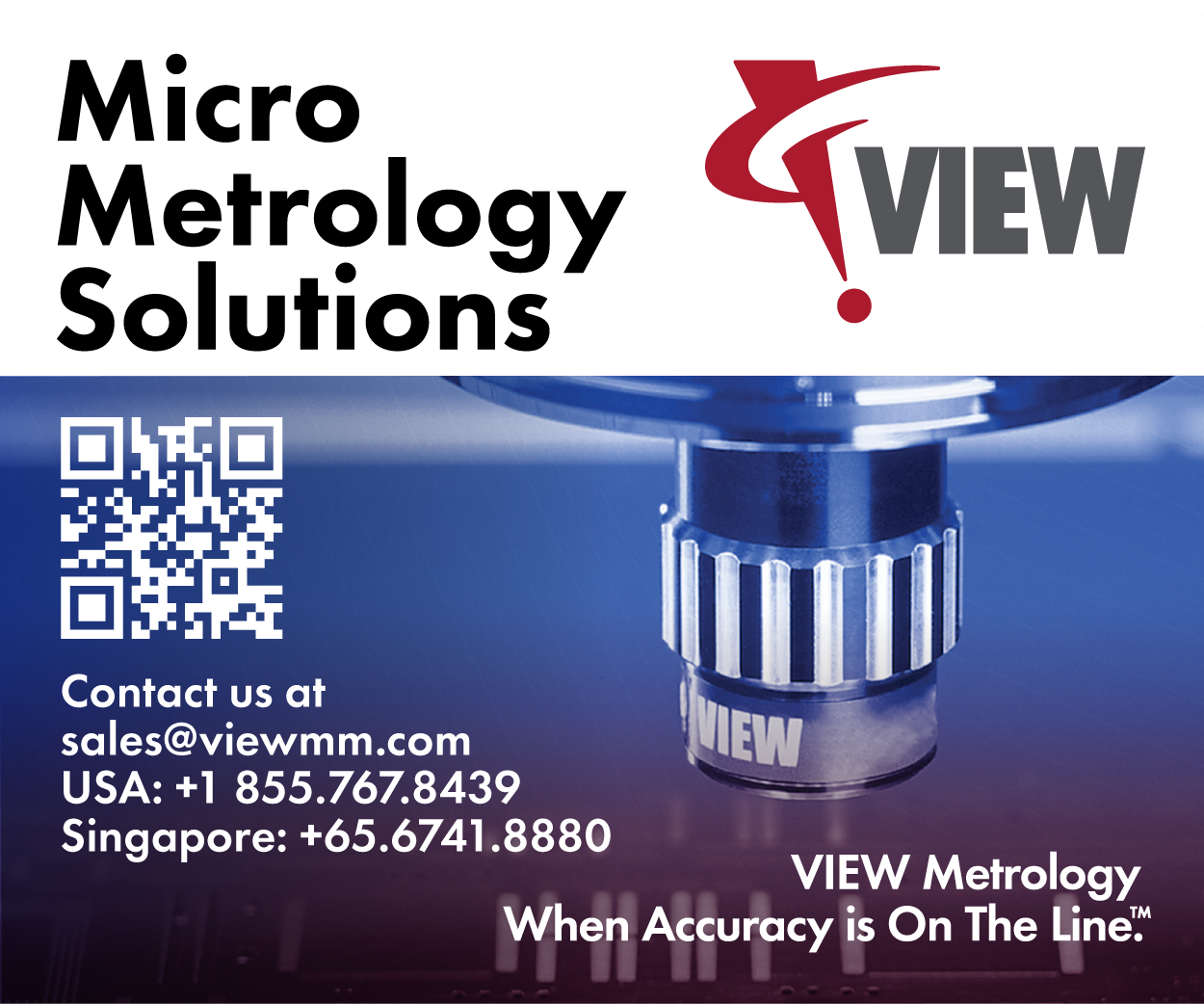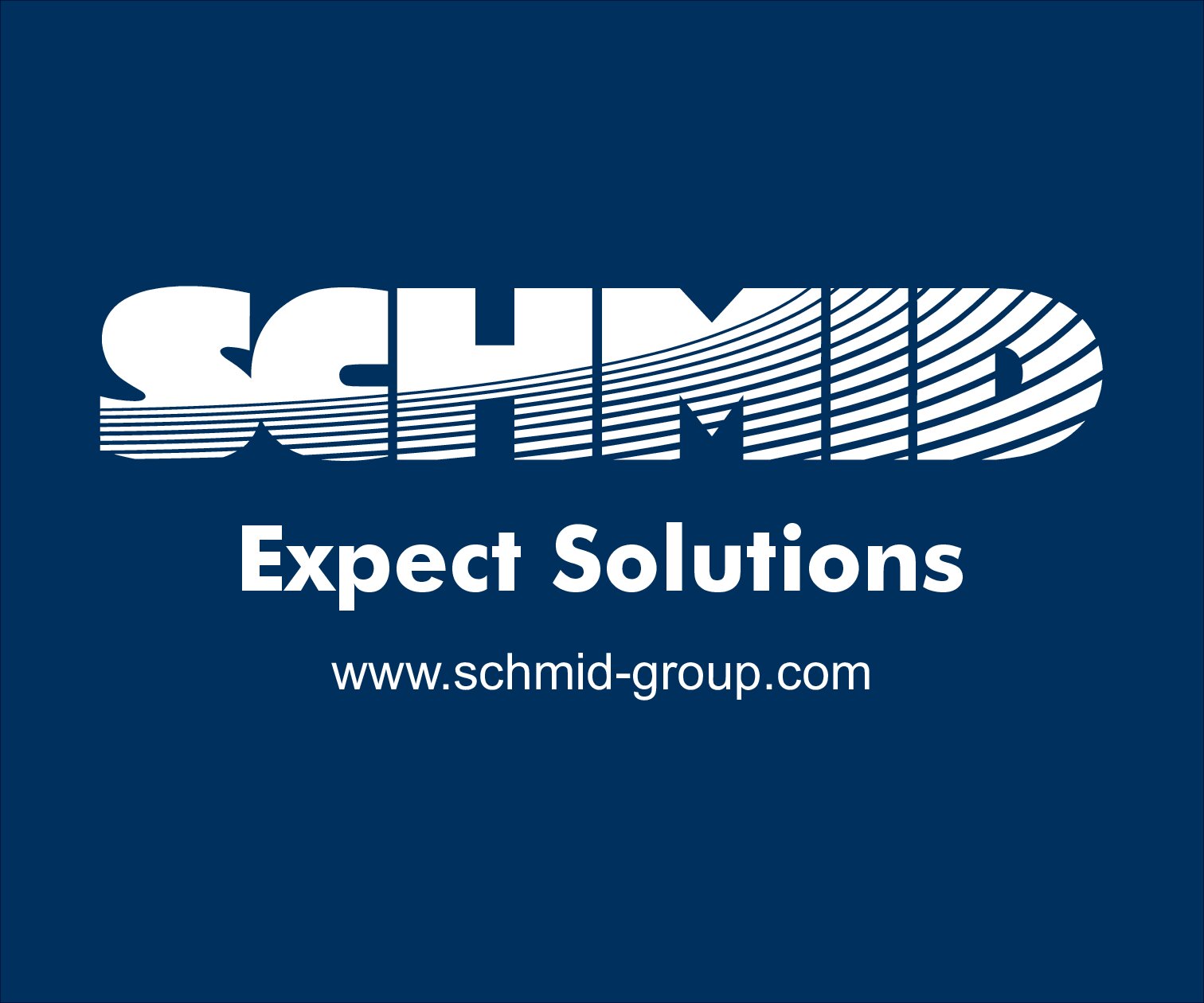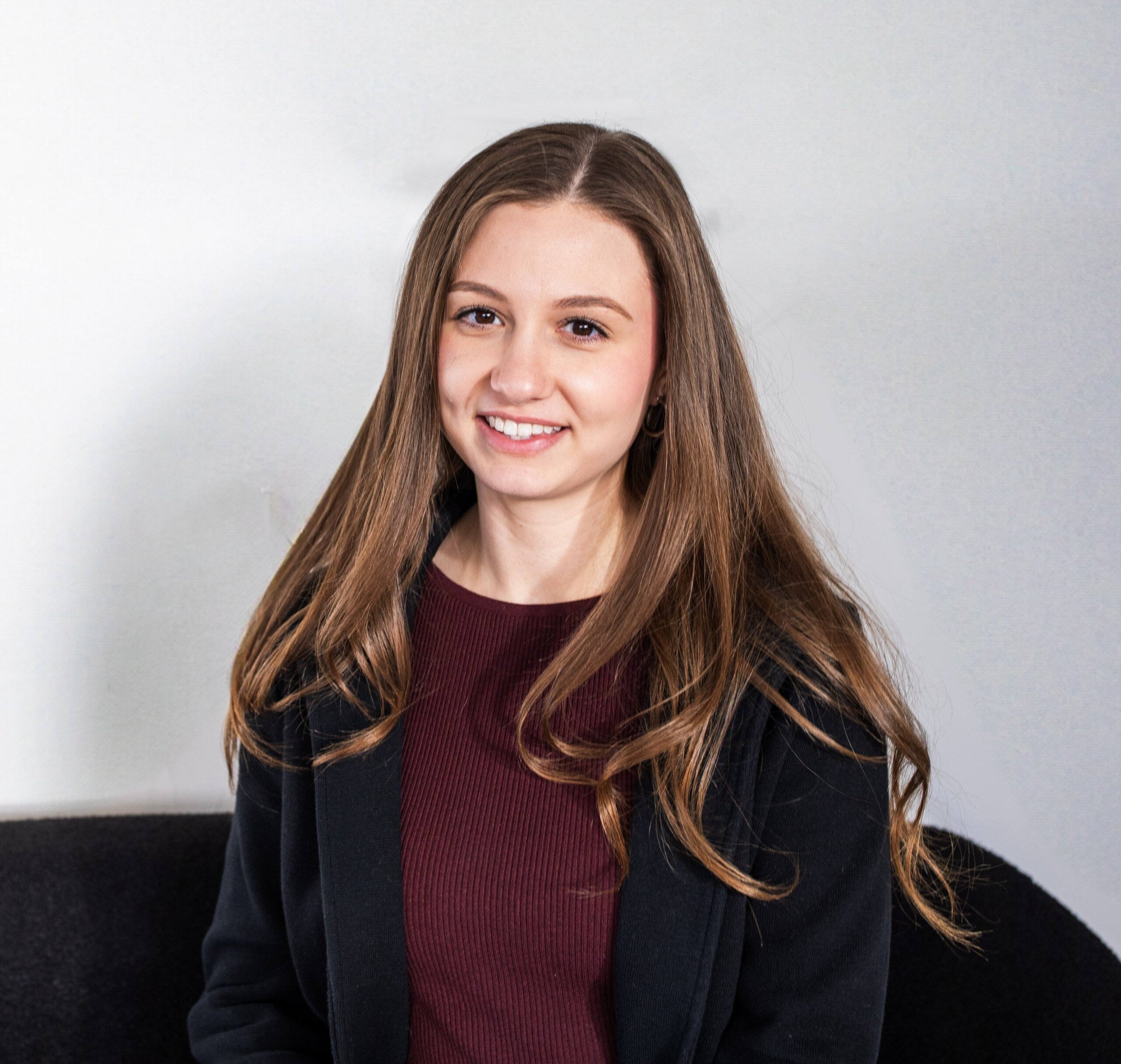As I was unable to attend Design Automation Test in Europe (DATE 2009) myself, but felt the information being shared there would be useful to my readers, I asked fellow 3D enthusiast, Yann Guillou, new technology marketing, St Ericsson, if he would write a guest post for “Françoise in 3D”. He graciously agreed, and what follows is his coverage of the event. — F.v.T
Overview
 Nice, in the French Riviera, hosted a hot event on 3D TSV integration in late April. Indeed, one of the Friday workshops of DATE 2009 was dedicated to 3D integration and brought together experts from design, architecture, process, test, and packaging. More than 70 industrial and academic attendees from Europe, Asia and the US attended. In these difficult economic times, it is a proof of the quality of the papers and speakers. Luckily, I had the opportunity to co-chair the event with organizer Erik Jan Marinissen from IMEC and his colleague Geert Van der Plas.
Nice, in the French Riviera, hosted a hot event on 3D TSV integration in late April. Indeed, one of the Friday workshops of DATE 2009 was dedicated to 3D integration and brought together experts from design, architecture, process, test, and packaging. More than 70 industrial and academic attendees from Europe, Asia and the US attended. In these difficult economic times, it is a proof of the quality of the papers and speakers. Luckily, I had the opportunity to co-chair the event with organizer Erik Jan Marinissen from IMEC and his colleague Geert Van der Plas.
Keynotes
The workshop started with two talks delivered by invited speakers, followed up by 6 papers selected out of 35 submissions, more than 20 posters. A panel discussion with 3D experts concluded this intense day.
Sitaram Arkalgud from Sematech delivered a keynote address on the promises of TSV, and addressed the main technological challenges. He went through all the process steps and options to achieve 3D structures with TSV. Very clear in his explanations, his presentation enabled the test, design, architecture community of DATE to have a global overview of the TSV technology. He showed some cost simulation done by Sematech and stressed that the applications will drive most of the choices. He concluded by sharing results of a survey done by Sematech listing the main challenges of 3D TSV seen by the companies. And surprisingly for some people, the TSV process did not appear to be the most challenging item. 3D design tools and methodologies, thermal management, supply chain definition or test strategy were among the top ranked. Technology was not. He insisted on the need for a roadmap, and again, a roadmap based on the applications. As of today, most of the TSV roadmaps are technology driven, bottom-up roadmaps. He would recommend a top-down assessment from the system driver. That would help in building coherent 3D R&D and getting the critical mass. He concluded by stating TSV was not a single technology element but part of a whole of domains and competencies.
The second invited speaker, Riko Radojcic from Qualcomm, gave some flavors on Qualcomm CAD strategy for 3D TSV. He insisted on what he calls “Pathfinding,” “TechTuning,” and “Design Authoring.” He underlined the thermo-mechanical challenges related to 3D TSV and the new paradigm coming. Difficulties will come from the multi-scale thermo-mechanical analysis that will be required with 3D structures: mm scale at packaging level, µm at chip level, nm scale at transistor level. He added a 2.5D design environment should be enough at the beginning for stacks of dies up to 2. Then, a real 3D environment will be required.
Presentations
Interests of TSV for different applications were presented by both STMicroelectronics and Toshiba for multimedia and multi-core processors. Endicott Interconnect showed some R&D work on advanced substrates with vertical vias (not TSV in that case!), eventual sufficient solutions for particular applications. Georgia Tech presented test solutions for 3D, whereas IMEC presented some results based on the cost model tool they internally developed.
Panel Discussion
Pol Marchal (IMEC) moderated the final panel discussion. Showing 3D TSV samples done at IMEC, he provocatively asked the panelists: “Look, it is possible to make it; we did stack of die with TSV.” He asked them: “Why not tape out products next year?”
Nicolas SIllon (CEA-LETI) gave an overview of LETI latest developments. He announced it will soon be possible to manufacture product with low-density TSV. LETI will be ready for it. Regarding high-density TSV, he added he was wondering if there were today some applications requiring thousands of TSV with diameter of a few microns only.
Paul Siblerud presented EMC3D latest developments and underlined the most critical process steps to make TSVs. He concluded by saying some challenges were existing but none were seen as a show stopper.
Pascal Urard (STMicroelectronics) presented the first products on the market from STMicroelectronics with TSV, the image sensors. He answered the moderator’s question by saying, yes, we can manufacture products with TSV. They are not 3D at IC level today, but they could be in future.
Geert Van der Plas (IMEC) highlighted that the analog and RF community should be more involved in 3D TSV as many improvements could come from this technology.
Krishnendu Chakrabarty (Duke University) gave some insight on test and explained the nice concept of “pretty good die” for 3D.
Finally, Lisa McIlrath (R3Logic) pointed out the fact that CIS or a stack of DRAM with TSV can be designed “by hand” whereas logic/memory or true heterogeneous cannot.
The panel session finished the day on an optimistic note. Let’s solve all these challenges now!
An Electronic Workshop Digest is available for download at the workshop’s web site
Contact Yann Guillou at Yann.Guillou@stericsson.com




















